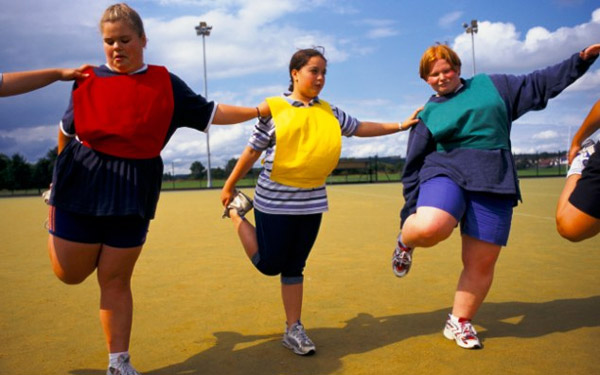
A recent Finnish study shows that high body adiposity, low physical activity, and particularly their combination are related to poorer physical fitness among 6-8 year old children. The results also suggest that physically active overweight children have better fitness compared to their inactive peers. The results published in Journal of Sports Sciences are part of the Physical Activity and Nutrition in Children (PANIC) Study conducted at the University of Eastern Finland in collaboration with the University of Cambridge and the University of Jyväskylä.
The study investigated the associations of body fat percentage and moderate-to-vigorous physical activity with neuromuscular fitness in a population sample of 404 children aged 6-8-years. The results of 50 m shuttle run, 15 m sprint run, hand grip strength, standing long jump, sit-up, balance, manual dexterity, and sit-and-reach tests were used as measures of physical fitness. Higher body fat percentage was associated with slower 50 m shuttle run and 15 m sprint times, shorter distance jumped in standing long jump test, fewer sit-ups, more errors in balance test and less cubes moved in box-and-block test. Higher levels of moderate-to-vigorous physical activity were related to faster 50 m shuttle run and 15 m sprint times. In addition, children who had a combination of a higher body fat percentage and lower levels of physical activity had the poorest performance in 50 m shuttle run, 15 m sprint run and standing long jump tests.
The study concludes that especially a higher body fat percentage but also lower levels of physical activity were related to poorer neuromuscular fitness in children. Moreover, higher levels of physical activity were related to better fitness levels also in children with higher levels of body adiposity. These findings emphasise preventing overweight and particularly increasing physical activity to prevent impaired neuromuscular performance in children.
The study done by University of Eastern Finland.